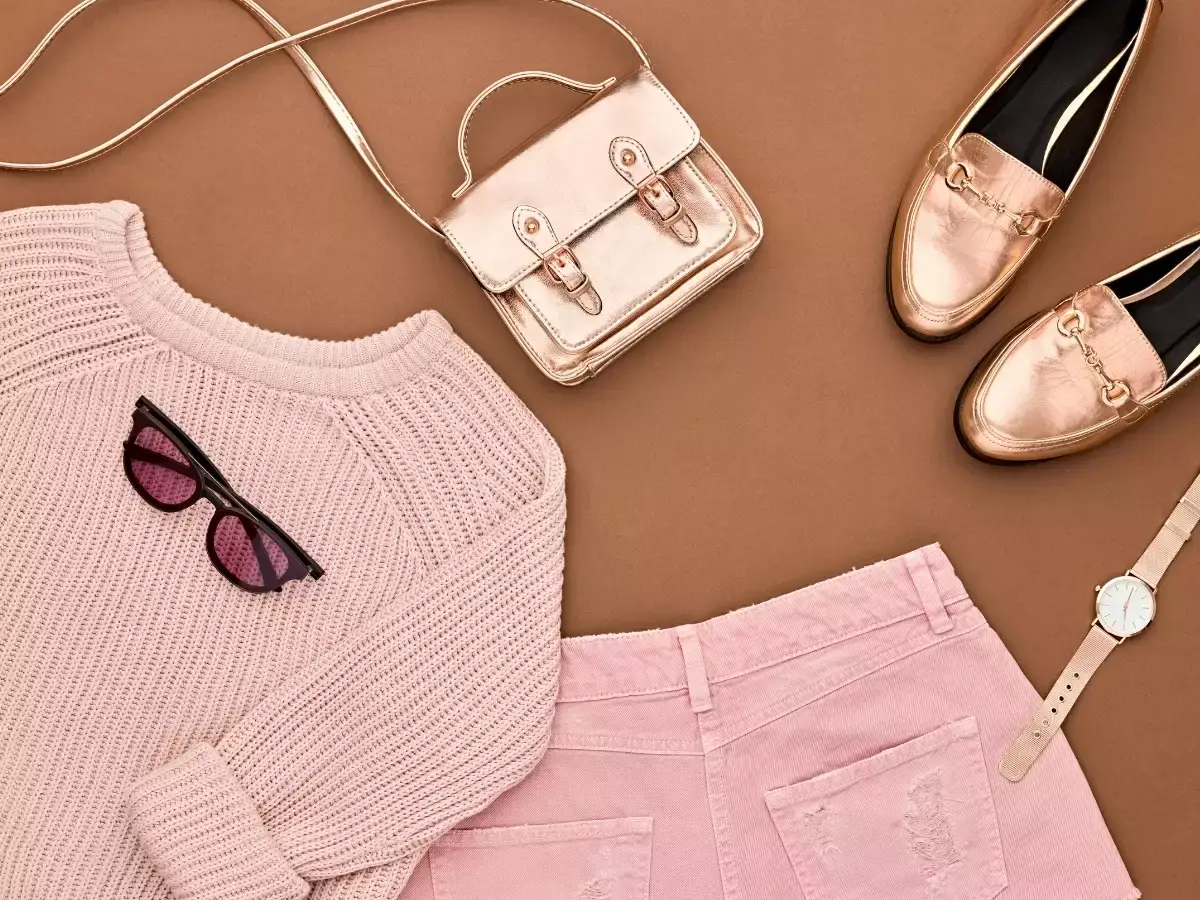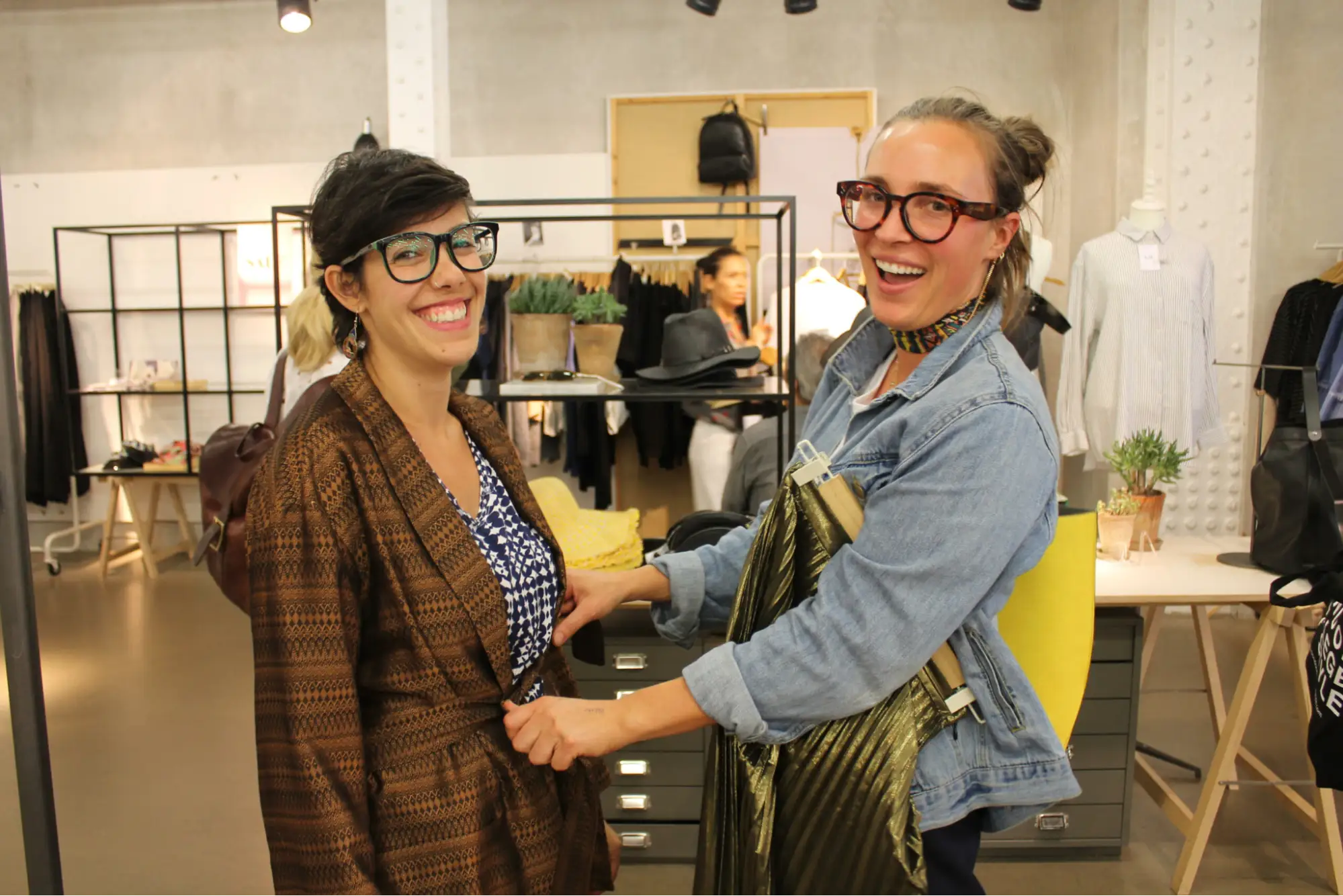The fashion industry is a limitless realm where creativity thrives, and fashion styling is a vital component of this vibrant ecosystem. This article delves into the essence of fashion styling, illustrating how it connects various aspects of the fashion world and highlighting the roles and responsibilities of a fashion stylist.
Fashion styling involves the art of arranging garments, accessories, and other elements to create visually appealing outfits that express an individual’s personality, enhance their features, and suit specific occasions. While this may sound straightforward, the intricacies of this profession require a deep understanding of current trends, personal branding, and aesthetics.
At the heart of a stylist’s job is the ability to curate fashion narratives. Stylists attend fashion shows and runway events, absorbing prevailing trends in colors, silhouettes, and styles. However, it’s essential to note that stylists do not design garments; they skillfully assemble and style existing pieces. Their role is advisory, helping clients navigate their wardrobe choices based on personal preferences, comfort, lifestyle changes, and the latest fashion trends.
When we see celebrities dazzling on the red carpet, it’s not just their choice of outfit that catches our eye; it’s also their stylists’ expertise. A personal stylist always stands behind the scenes, making crucial decisions about which garments and accessories best reflect the celebrity’s persona and the event’s ambiance.
Visual appeal and storytelling through styling are critical components of marketing in fashion. For e-commerce businesses, stylists contribute to product shoots, ensuring that clothing is displayed in ways that attract buyers. Properly styled images speak volumes about a brand’s identity and appeal to consumers, leading to higher engagement and sales.

Image: Source IIAD
Additionally, stylists play an essential role in advertising and marketing campaigns. They meticulously create looks for magazine shoots, commercials, and promotional materials that showcase garments in the best possible light. This collaboration often extends beyond just clothing; it incorporates hair and makeup, creating a holistic visual representation of the desired branding.
As the demand for skilled stylists grows, many choose to operate as freelancers, allowing for greater creative freedom and business opportunities. Freelance styling offers the flexibility to set one’s schedule and work with a diverse clientele, from high-net-worth individuals seeking premium services to everyday consumers wanting basic styling advice.
Aside from traditional styling, the rise of digital platforms has revolutionized how stylists connect with clients. Virtual consultations and online styling services have enabled consumers around the globe to receive personalized styling without geographical constraints. Platforms like Nordstrom have pioneered this approach by integrating digital tools to offer customized styling advice based on client preferences.
Here’s an image that captures stylists at work in a dynamic team setting, illustrating the collaborative spirit essential in the industry.

Image: Source IIAD
The creative competencies essential for fashion styling include a keen eye for detail, exceptional organizational skills, and a profound understanding of emerging trends. Aspiring stylists often leverage digital platforms to showcase their work, engage with audiences, and maintain a continuous conversation about style innovations.
As we continue to witness the interplay between fashion, art, and technology, the opportunities for fashion stylists expand. This evolution underscores the importance of staying updated in the fast-paced fashion landscape, where trends can change overnight, and the ability to adapt holds immense value.
In conclusion, fashion styling is not merely about choosing garments; it’s about curating a narrative that embodies the beauty of fashion. It’s an exciting career that blends creativity, strategic thinking, and a passion for style. Whether working with celebrities, running personal styling services, or participating in the ever-expanding digital styling landscape, fashion stylists play an integral role in shaping our perception of fashion.
With the right skills and a continuous drive for creativity, anyone can flourish in this exciting industry, crafting styles that transform the mundane into the extraordinary.